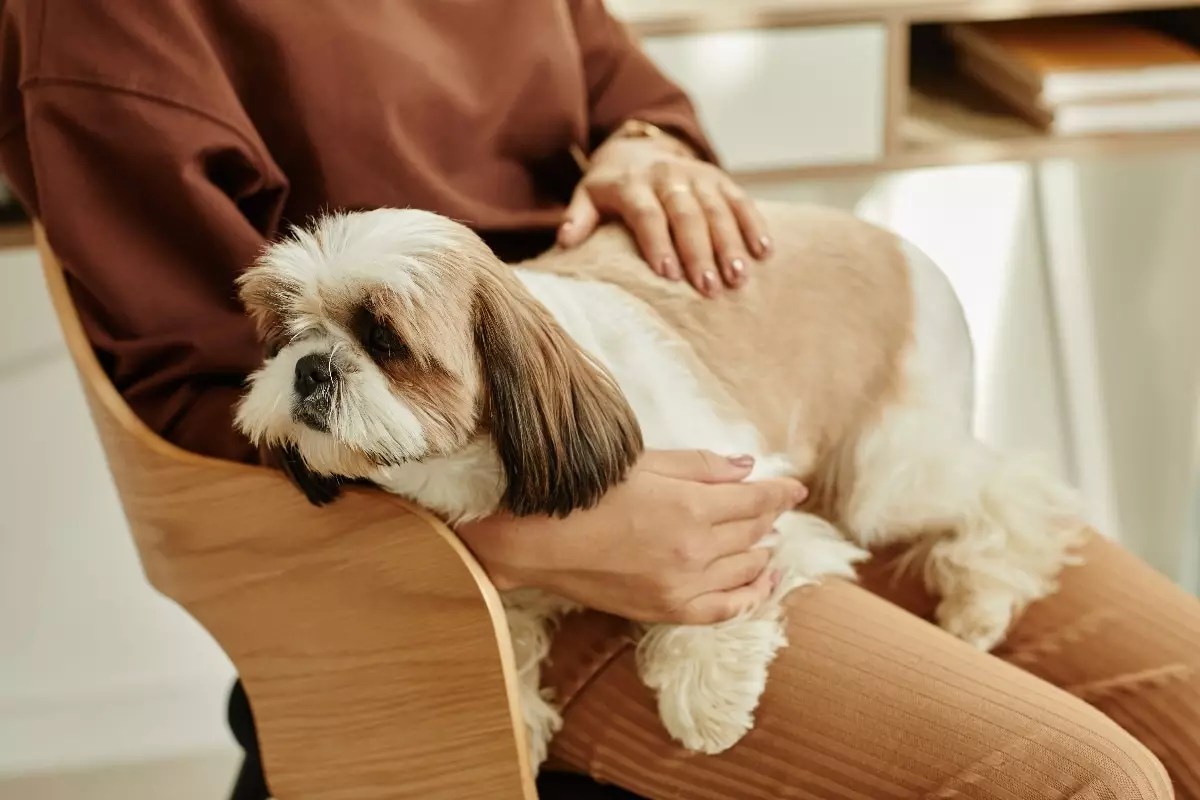In the realm of canine companionship, there exists a palpable sense of intimacy that transcends mere pet ownership. The lap dog, a breed that consistently elects human laps over solitary rest, embodies a profound connection rooted in trust, warmth, and unwavering loyalty. This preference for closeness is not arbitrary; it signifies an innate desire for emotional security and affection, revealing an aspect of canine nature that is deeply human in its expression. These dogs are more than pets—they are living embodiments of companionship that thrive on human contact, turning simple cuddles into powerful acts of love and bonding.
What makes lap dogs so uniquely endearing is their ability to forge an emotional bond so strong that the physical act of sitting on a lap becomes a non-verbal communication of trust. They do not seek comfort simply through physical warmth but use proximity to affirm their attachment to their humans. In a world that often feels fractured and isolating, these small creatures remind us of the profound comfort that genuine companionship can provide. They are living proof that love does not have to be loud or boastful; sometimes, it’s a gentle paw on your knee or a soft, obedient lap that speaks volumes.
The Anatomy of a Lap Dog’s Affection
Different breeds have evolved their lap-loving tendencies through their history, temperament, and personality, each contributing to their unique way of expressing affection. Small size, of course, is usually a prerequisite—these dogs are conveniently portable, making them ideal cuddling partners. But size alone does not define their affinity for laps; temperament and personality play equally crucial roles.
Take the Cavalier King Charles Spaniel, a breed that has earned its reputation as the quintessential lap dog. Their love for human interaction is insatiable, and their gentle temperament makes them the perfect companions for long cuddling sessions. These elegant yet affectionate dogs often follow their owners like a shadow, always seeking proximity, warmth, and reassurance. Their calm demeanor turns every lap into a throne of comfort, elevating the simple act of sitting into a sacred bonding ritual.
The tiny but fierce Chihuahua exemplifies that size is no barrier to devotion. They nestle under blankets or clothes, seeking a safe harbor within a lap, their feisty personalities hidden beneath a layer of intense loyalty and love. Their need for closeness stems from a primal desire to feel protected, loved, and secure— an emotional necessity that defies their small stature.
Pugs, with their plush faces and laid-back nature, are the epitome of the cuddler. They thrive on human attention, often smooshing their adorable faces against your skin, reveling in the warmth and intimacy. They satisfy a fundamental human desire for closeness, making the lap their favorite sanctuary. Their easygoing attitude and affectionate disposition pair perfectly with their penchant for snuggling.
The Cultural and Historical Roots of Lap Dogs
Many breeds that favor laps have shared historical roles as companions and status symbols for nobility and aristocrats. The Maltese and Shih Tzus, for example, were bred centuries ago explicitly for companionship and comfort. Their delicate appearances and gentle temperaments were cultivated to favor human contact, not active work or guarding. This historical background enhances their natural affinity for laps—these dogs are born to be close, to provide emotional solace rather than protection or utility.
Breeds like the Yorkshire Terrier and Pomeranian exhibit personality traits that balance spirited, lively independence with deep-seated loyalty and affection. These dogs, despite their small size, often demand attention and cherish being the center of their owner’s universe, especially when seated comfortably in a lap. Their small coats and petite frames make them perfect cuddle companions, but it’s their spirited character and desire for closeness that truly endears them to their humans.
The French Bulldog and Italian Greyhound exemplify modern breeds that continue the tradition of lap preference, blending unique physical features with an affectionate temperament. Their bodies—bulky or sleek—are secondary to their intrinsic urge to be close, to bask in the warmth of human presence. These dogs prioritize emotional comfort over independence, transforming every lap into a sanctuary of love.
Why Choosing a Lap Dog Is More Than Just a Preference
To adopt a lap dog is to accept an ongoing declaration of love and reliance. These dogs symbolize emotional openness; they trust us enough to let down their guard and seek refuge in our laps. They are vulnerable, and their choice to snuggle signifies an innate understanding of comfort, which often mirrors human emotional needs.
Their preference for laps highlights the fundamental human-dog relationship paradigm: mutual devotion. With every snuggle, these small creatures demonstrate that companionship isn’t transactional but deeply rooted in trust and emotional bonding. Instead of demanding attention or affection through vocalization or hyperactivity, they quietly reaffirm their place in their human’s heart by choosing intimacy over independence.
Embracing a lap dog means welcoming a round-the-clock reminder of unconditional love. Their act of settling onto the lap turns a mundane moment into a sacred ritual of connection—an unspoken acknowledgment that, in the chaos of life, closeness remains one of the purest forms of comfort. Ultimately, these dogs teach us that sometimes, the simplest gestures—curling up together—hold the most profound significance.

